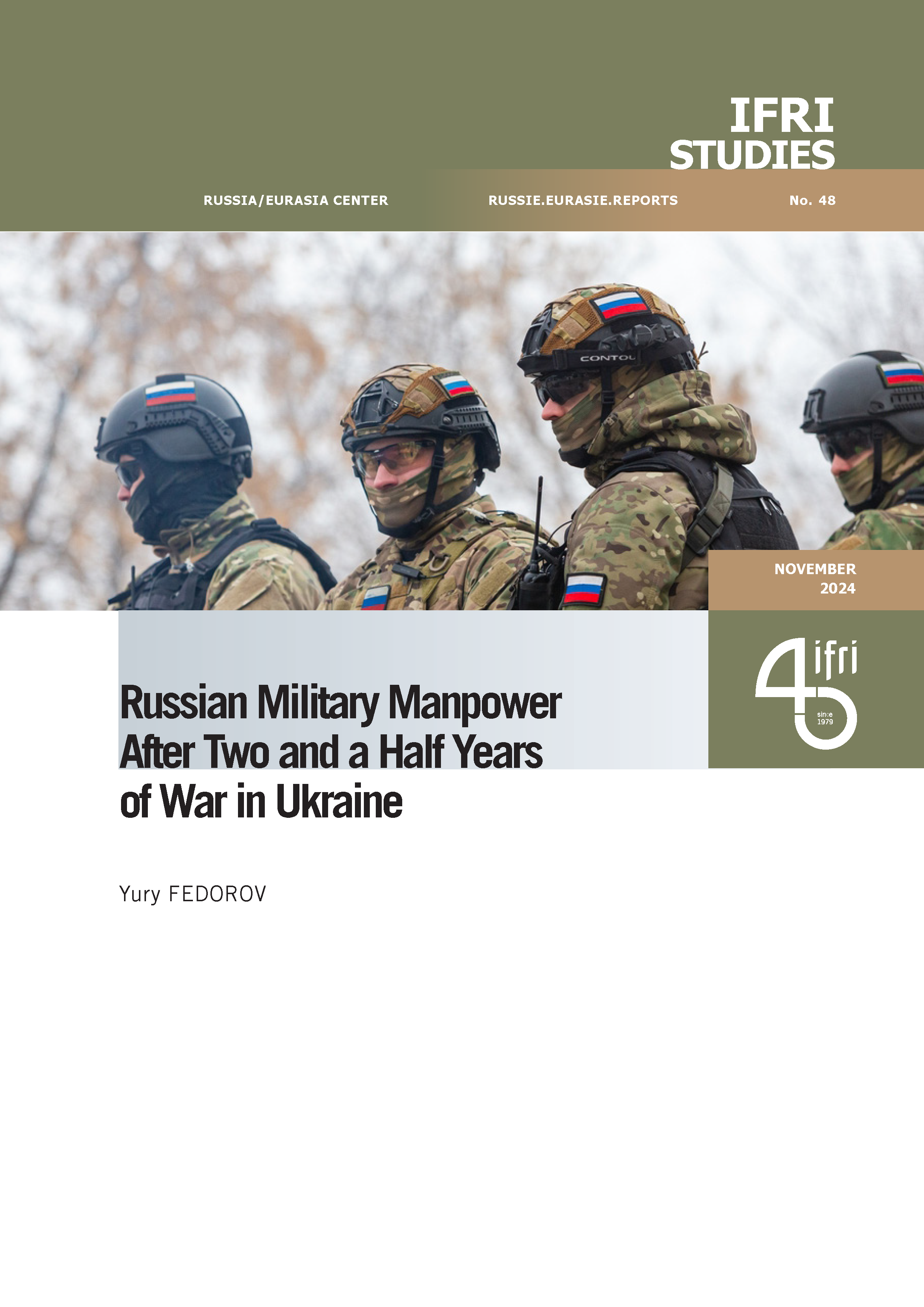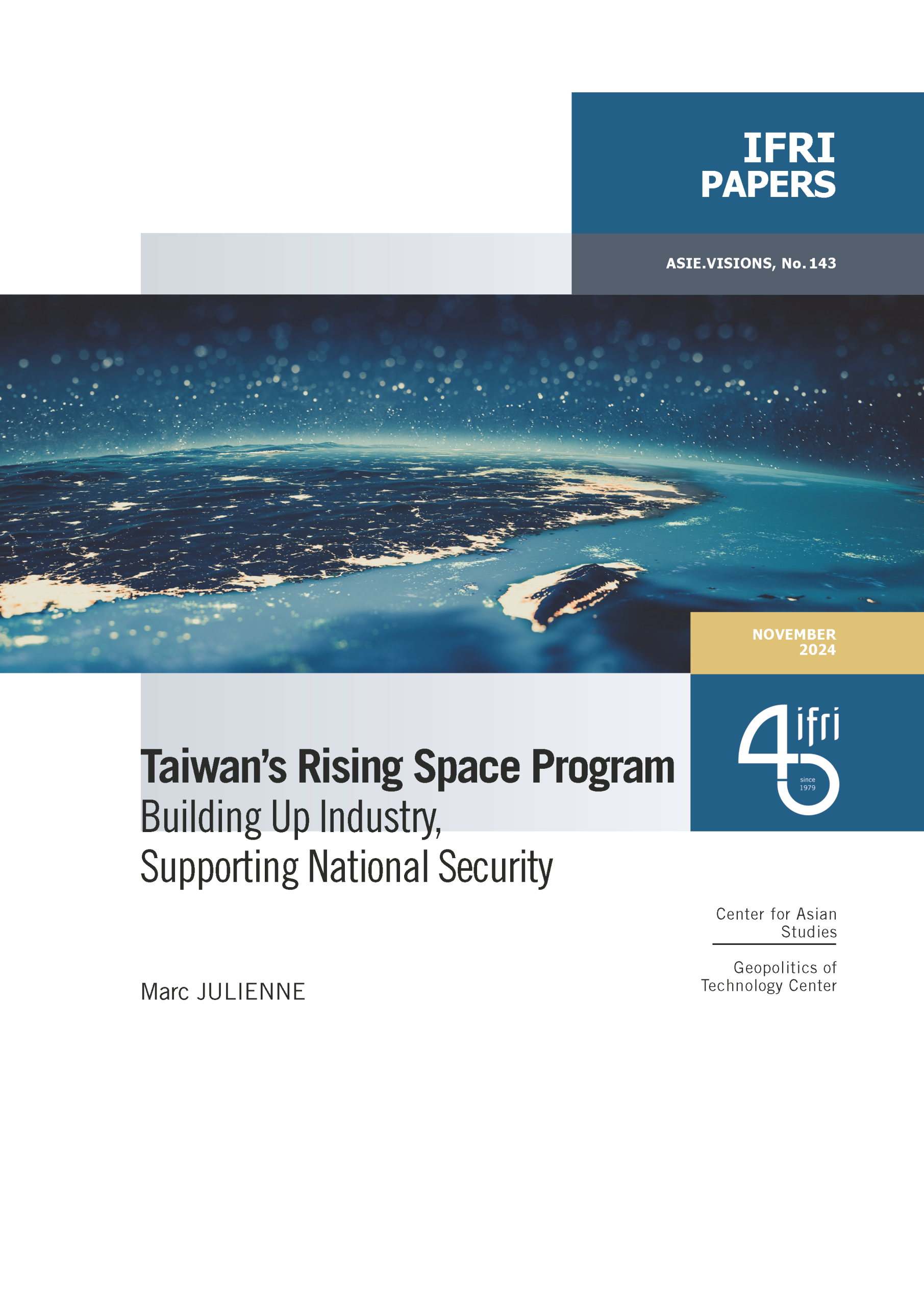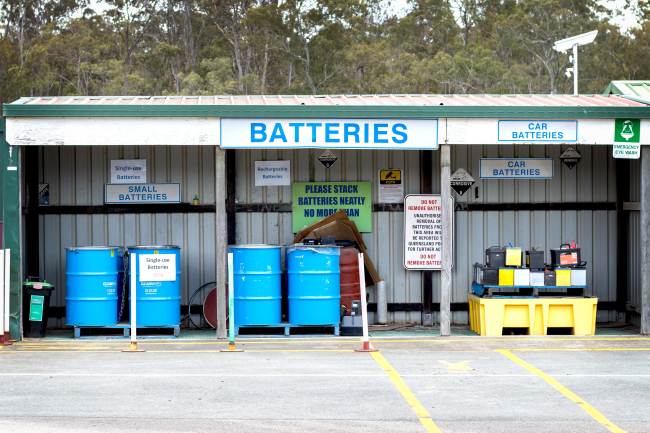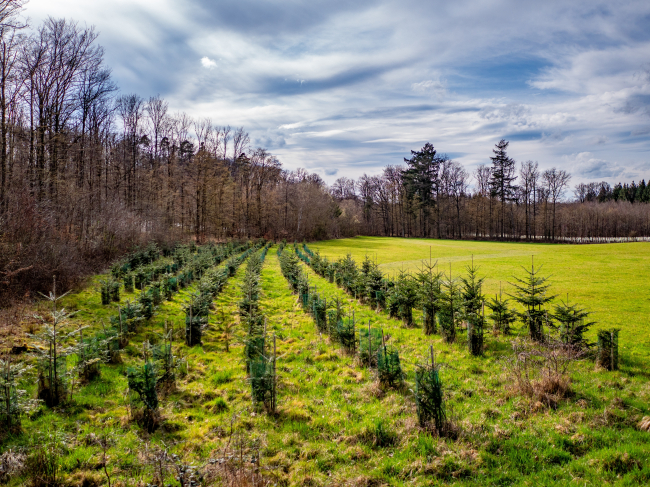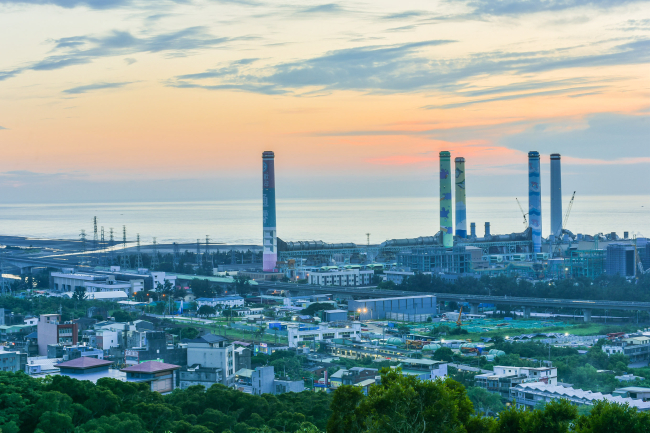IEA Crisis Management: Evolving with the Risks

Last week the IEA chose not to renew its June strategic stock release. It was the right decision. The volumes of strategic crude and product taken up by the market will be reaching refineries now and incremental volumes produced in the Arabian Gulf will be steaming towards markets.
Now would be too soon to determine whether the market will still feel short, but there is good reason to believe the worst of the pressure for transportation fuels has passed and refineries will be thinking about the heating season and to some extent a marginally more oil-based electricity sector this winter. Both Germany and Japan will fire up oil burning equipment that has been out of circulation or at the bottom of the merit order to meet this winter’s demand.
The IEA"s decision in June has been characterized by some as price intervention - probably by some market players on the wrong foot. IEA however, made a compelling case for addressing the mismatch of crudes with seasonal needs and the cumulative effect of lost barrels from Libya. The release was clearly in co-ordination with surplus capacity holders who could have misunderstood an IEA draw except as a bridging maneuver to the arrival of their promised incremental barriers. Other major consumers who will hopefully one day see the merits of reinforcing IEA decisions with harmonic actions of their own were consulted as IEA contemplated its move.
But perhaps more encouraging for world consumers (if not traders) is the signal that IEA members are prepared to look at more flexible ways to address supply tensions in the energy markets. Depending on the circumstances, there does not need to be a universal release of large volumes of crude and product around the world to address a specific problem. Just as in the 2005 focus on product stock releases in the aftermath of Hurricane Katrina - the response was calibrated to the event. Katrina wasn’t so much about oil production loss as it was a loss of refinery capacity and the power grid when Katrina’s rain water churned back down the Mississippi.
Future energy crises are not going to be like the last one. There is an increasing risk of cross pollution of stress between gas and oil markets or even power markets. As markets integrate, managing tensions in one market will require robust interconnections and co-ordination with neighboring markets. Until those strengths are in place a major problem in one country will travel quickly to the next. The concept of oil security needs to expand to gas security as more and more gas travels longer distances or across more borders. This becomes especially true as gas is increasingly inseparable from power. The responses to reduced nuclear in Japan, Germany, Italy and perhaps elsewhere will be more gas in power. The consequences of driving up the new renewable component of our collective energy mix are that we will need to install more gas in power as back up to manage intermittence.
The IEA’s core mandate of energy security gets more challenging with the passage of time. Crisis management will require greater flexibility, will need to integrate vulnerabilities in other fuels and power markets and will need to engage more major players outside IEA membership. Finding commonality in crisis management approaches across fuels will be difficult as markets are far from convergent yet.
Much progress has been made, but when former Dutch Energy Minister Maria van der Hoven, the new IEA Executive Director takes up her duties September 1, she will surely have her hands full.

Available in:
Regions and themes
Share
Related centers and programs
Discover our other research centers and programsFind out more
Discover all our analysesEurope’s Black Mass Evasion: From Black Box to Strategic Recycling
EV batteries recycling is a building block for boosting the European Union (EU)’s strategic autonomy in the field of critical raw minerals (CRM) value chains. Yet, recent evolutions in the European EV value chain, marked by cancellations or postponements of projects, are raising the alarm on the prospects of the battery recycling industry in Europe.
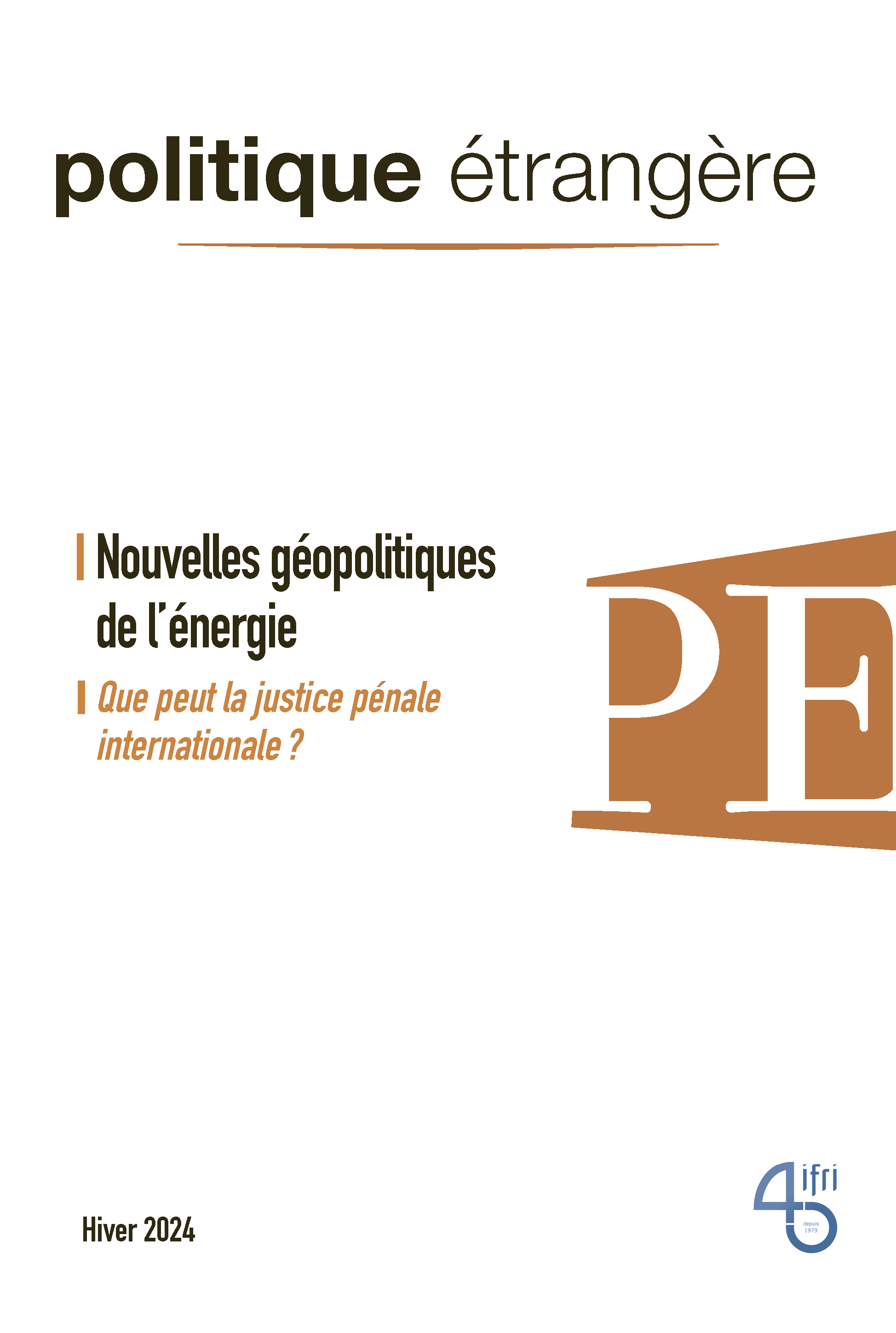
The New Geopolitics of Energy
Following the dramatic floods in Valencia, and as COP29 opens in Baku, climate change is forcing us to closely reexamine the pace—and the stumbling blocks—of the energy transition.
Can carbon markets make a breakthrough at COP29?
Voluntary carbon markets (VCMs) have a strong potential, notably to help bridge the climate finance gap, especially for Africa.
Taiwan's Energy Supply: The Achilles Heel of National Security
Making Taiwan a “dead island” through “a blockade” and “disruption of energy supplies” leading to an “economic collapse.” This is how Colonel Zhang Chi of the People’s Liberation Army and professor at the National Defense University in Beijing described the objective of the Chinese military exercises in May 2024, following the inauguration of Taiwan’s new president, Lai Ching-te. Similar to the exercises that took place after Nancy Pelosi’s visit to Taipei in August 2022, China designated exercise zones facing Taiwan’s main ports, effectively simulating a military embargo on Taiwan. These maneuvers illustrate Beijing’s growing pressure on the island, which it aims to conquer, and push Taiwan to question its resilience capacity.


